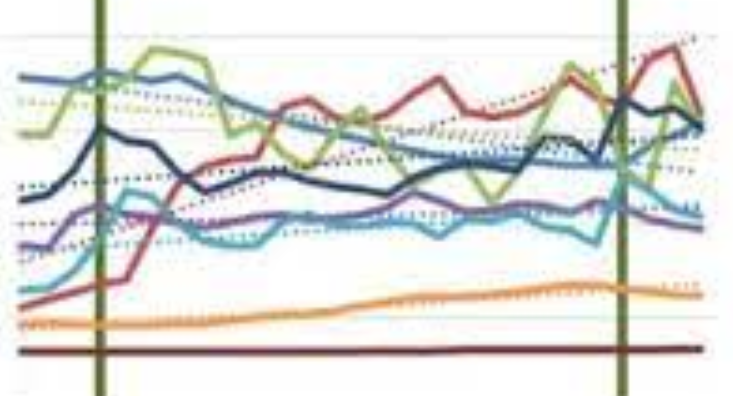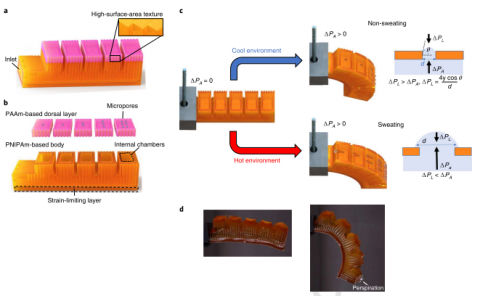The effects of cybersickness on persons with multiple sclerosis
PubDate: November 2016
Teams: University of Texas at San Antonio
Writers: Imtiaz Muhammad Arafat;Sharif Mohammad Shahnewaz Ferdous;John Quarles
PDF: The effects of cybersickness on persons with multiple sclerosis

Abstract
Cybersickness is commonly experienced by the users in immersive Virtual Environments (VE). It has symptoms similar to Motion Sickness, such as dizziness, nausea etc. Although there have been many cybersickness experiments conducted with persons without disabilities, persons with disabilities, such as Multiple Sclerosis (MS), have been minimally studied. This is an important area of research because cybersickness could have negative effects on virtual rehabilitation effectiveness and the accessibility of VEs. For this experiment, we recruited 16 participants - 8 persons with MS and 8 persons without MS from similar demographics (e.g. age, race). Two participants from population without MS could not complete the experiment due to severe cybersickness. We asked each participant to experience a VE. We collected Galvanic Skin response (GSR) data before and during VR exposure; GSR is commonly used as an objective measure of cybersickness. Also, Simulator Sickness Questionnaire (SSQ) feedback was recorded before and after the experiment. SSQ results show that the VE induced cybersickness in the participants. The GSR data suggests that the cybersickness may have induced similar physiological changes in participants with MS as participants without MS, albeit with greater variability in participants without MS. However, participants with MS had significantly lower GSR during VR exposure. In this paper, we compare the effects of cybersickness between the people with MS and the people without MS with respect to SSQ score and GSR data.

